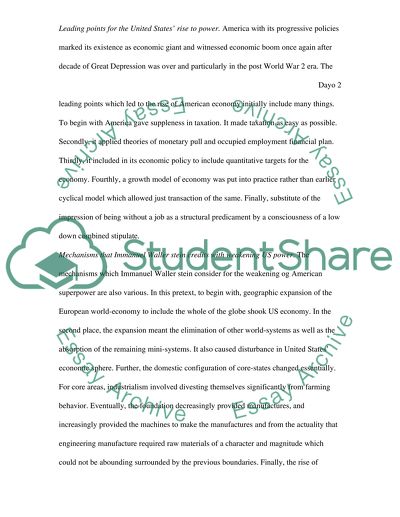Cite this document
(Political Economy Case Study Example | Topics and Well Written Essays - 2500 words - 1, n.d.)
Political Economy Case Study Example | Topics and Well Written Essays - 2500 words - 1. Retrieved from https://studentshare.org/macro-microeconomics/1566553-political-economy-theories-of-late-capitalism
Political Economy Case Study Example | Topics and Well Written Essays - 2500 words - 1. Retrieved from https://studentshare.org/macro-microeconomics/1566553-political-economy-theories-of-late-capitalism
(Political Economy Case Study Example | Topics and Well Written Essays - 2500 Words - 1)
Political Economy Case Study Example | Topics and Well Written Essays - 2500 Words - 1. https://studentshare.org/macro-microeconomics/1566553-political-economy-theories-of-late-capitalism.
Political Economy Case Study Example | Topics and Well Written Essays - 2500 Words - 1. https://studentshare.org/macro-microeconomics/1566553-political-economy-theories-of-late-capitalism.
“Political Economy Case Study Example | Topics and Well Written Essays - 2500 Words - 1”. https://studentshare.org/macro-microeconomics/1566553-political-economy-theories-of-late-capitalism.


